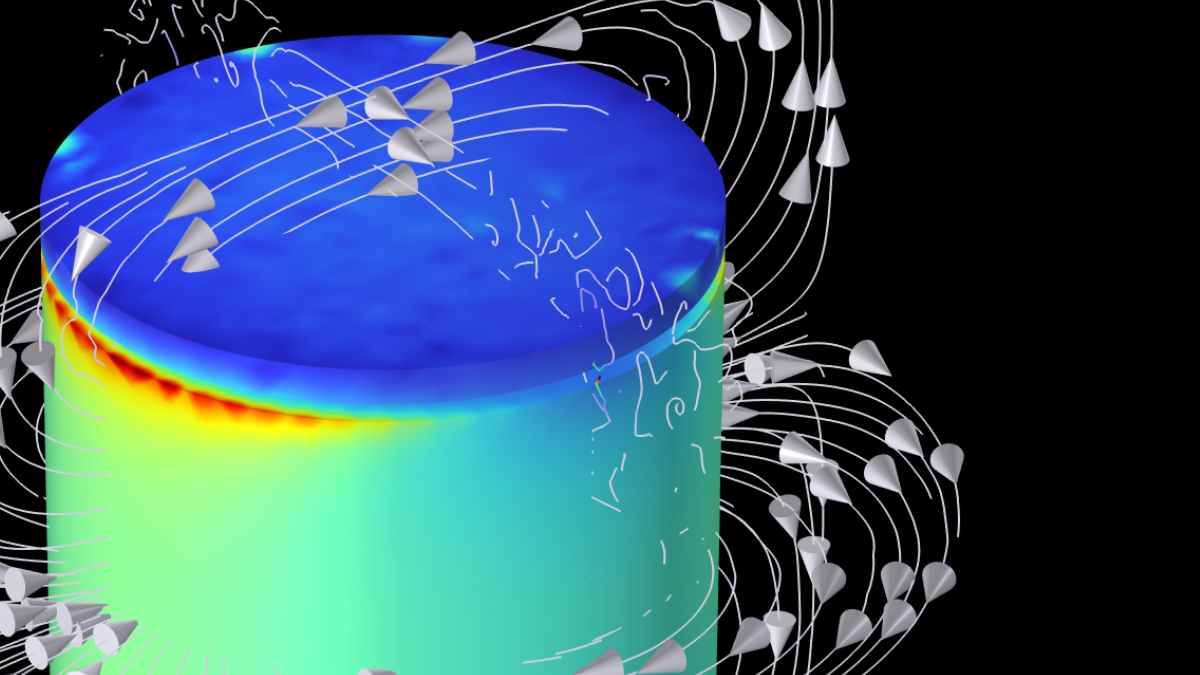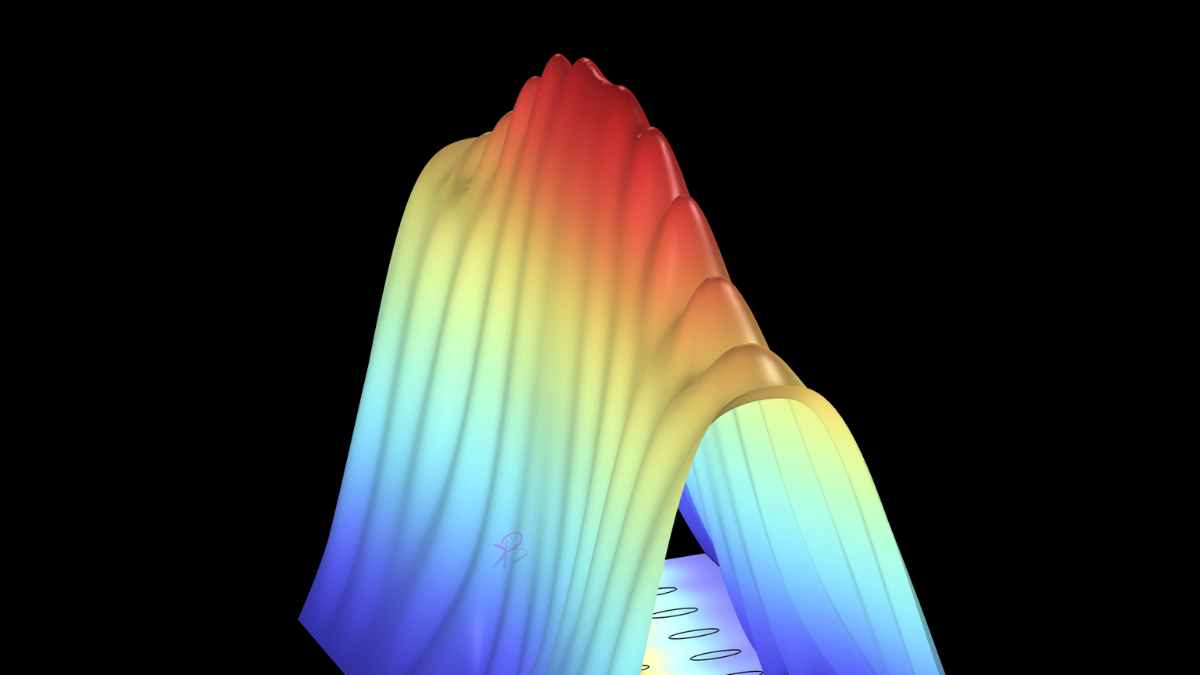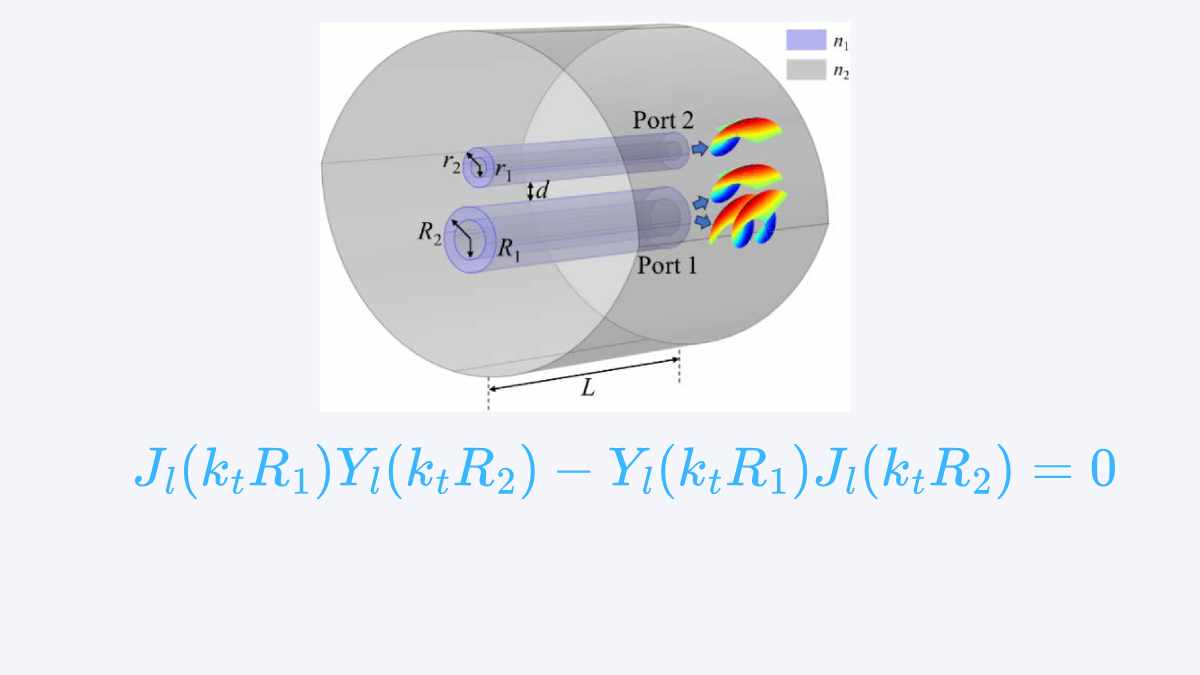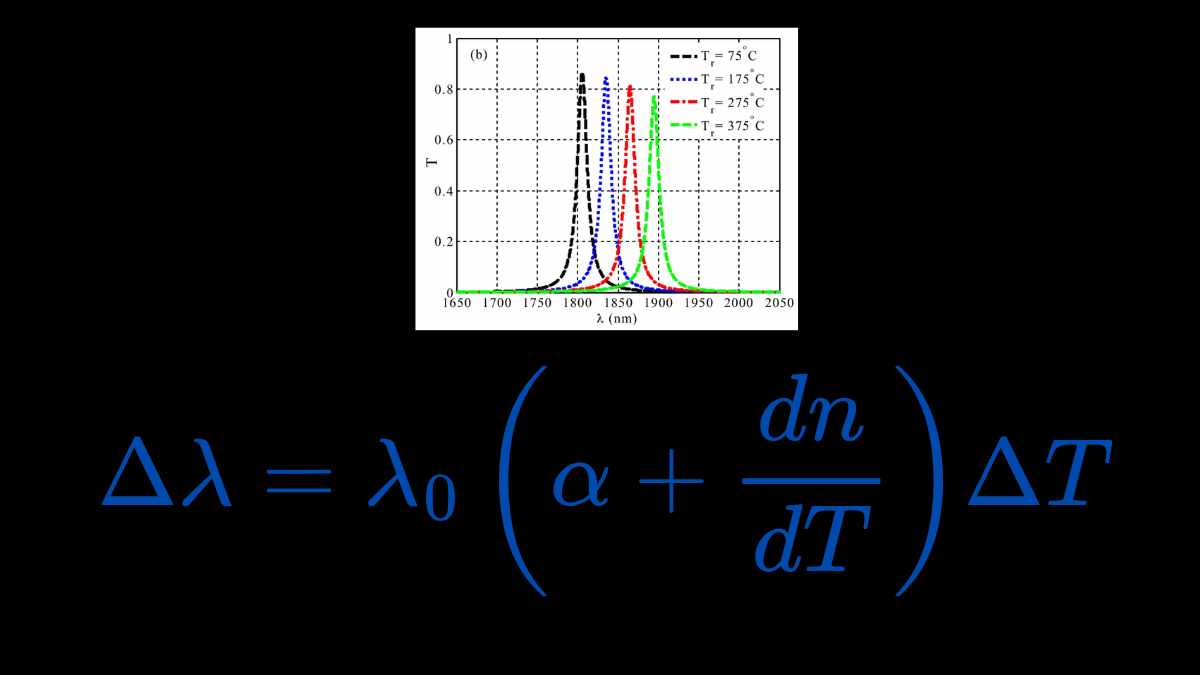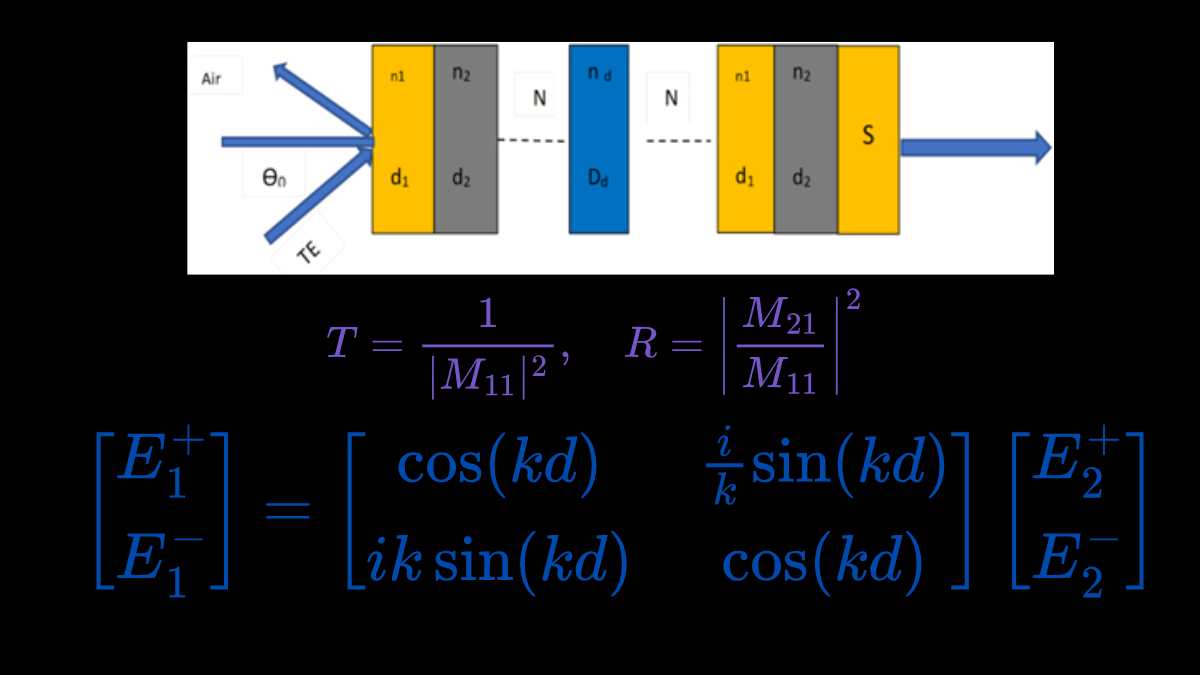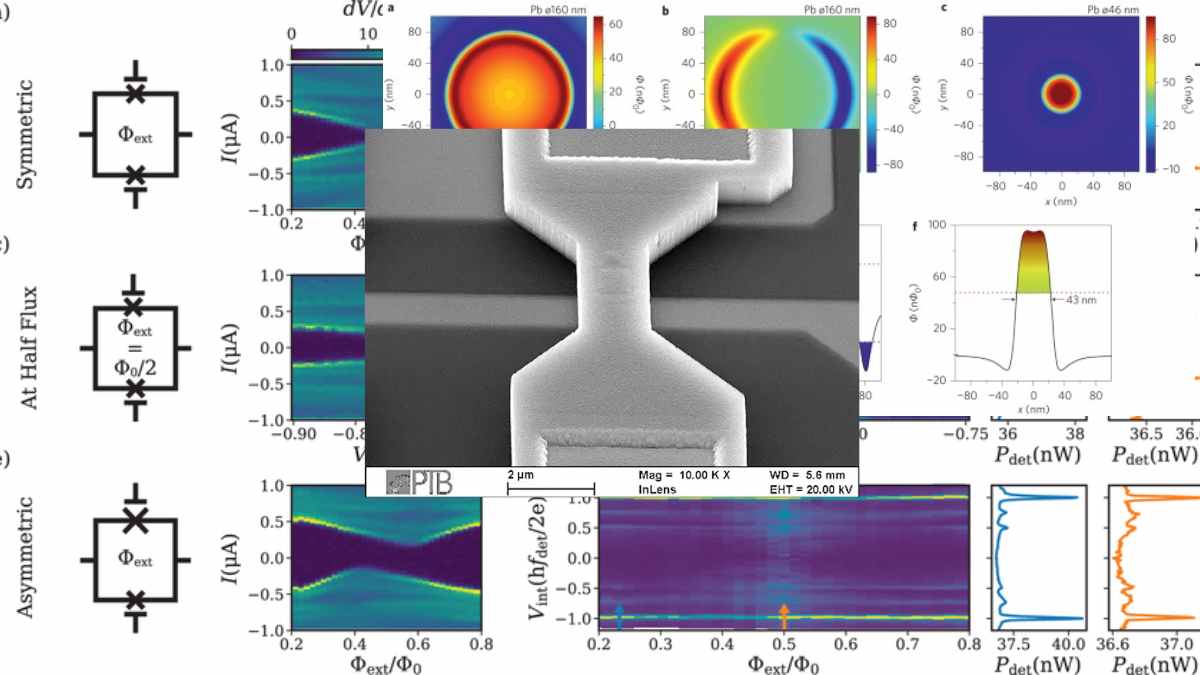Introduction to THz Photonic Crystal Fiber (PCF) Sensors Terahertz (THz) photonic crystal fibers (PCFs) have emerged as a powerful platform for sensing applications in biomedical diagnostics, environmental monitoring, chemical detection, and material characterization. The ability of THz radiation (0.1–10 THz) to penetrate non-conductive materials while being highly sensitive to molecular vibrations makes it ideal for […]

